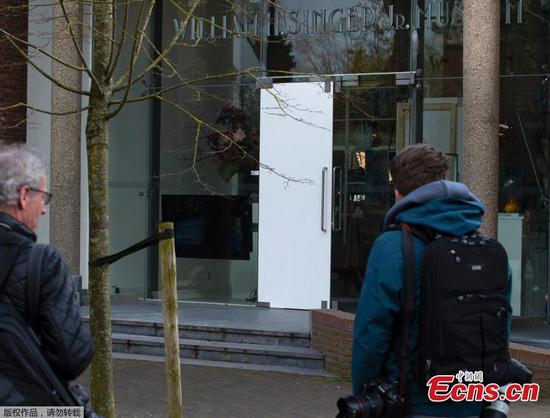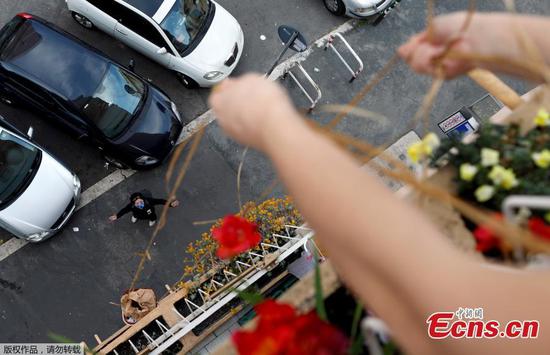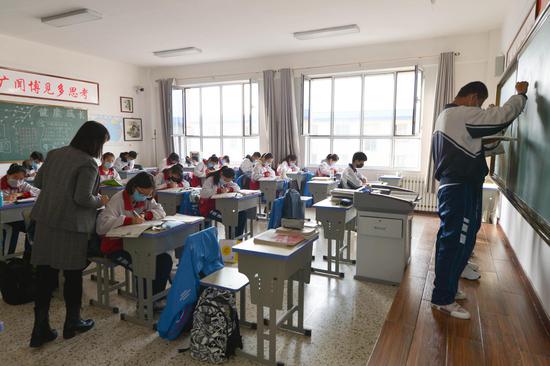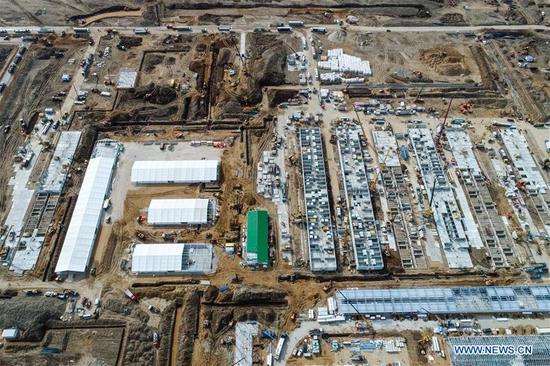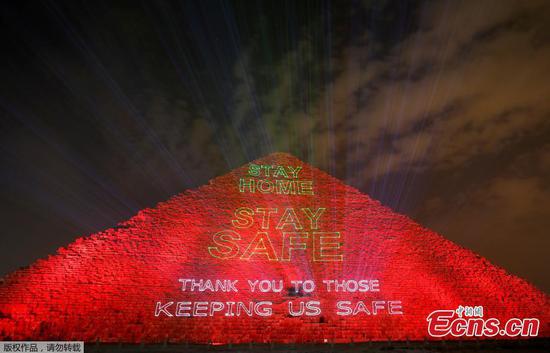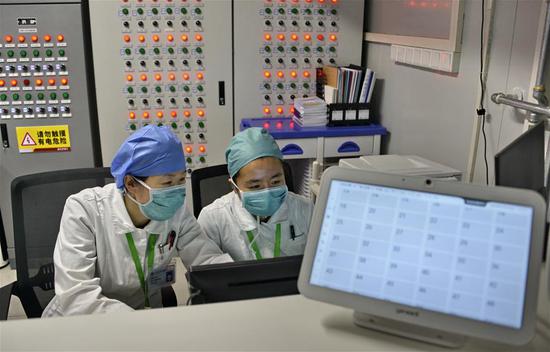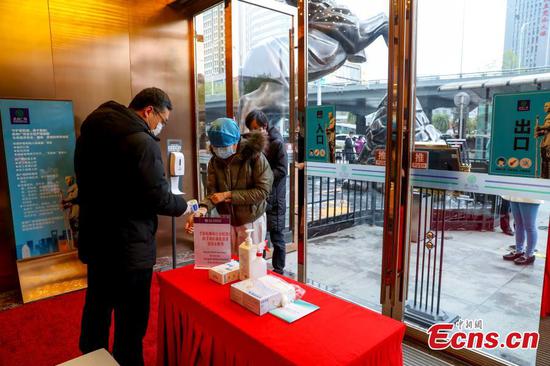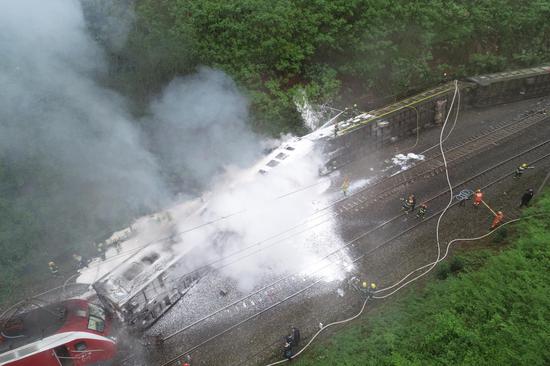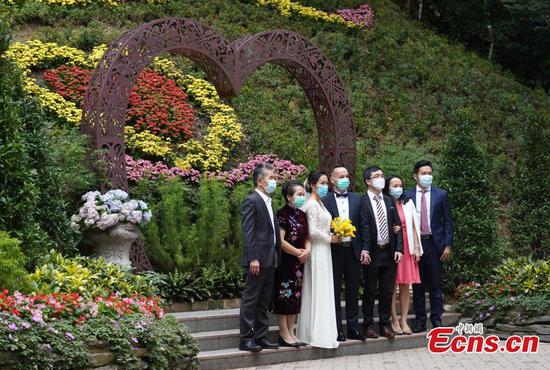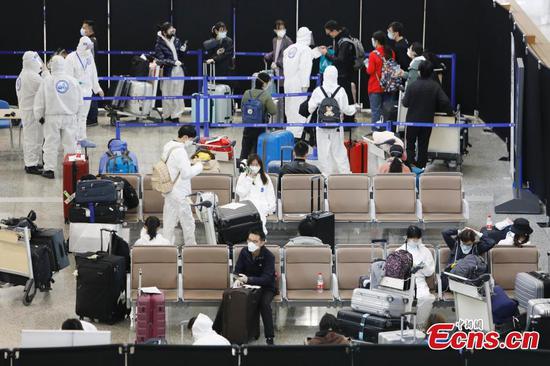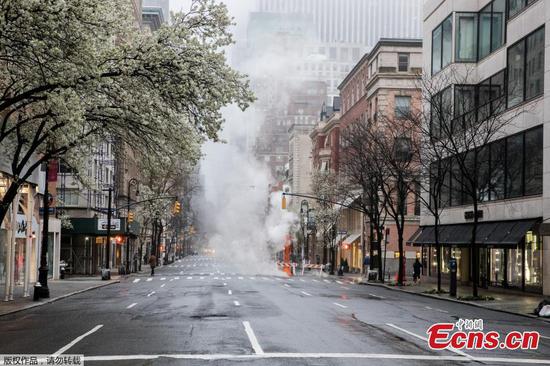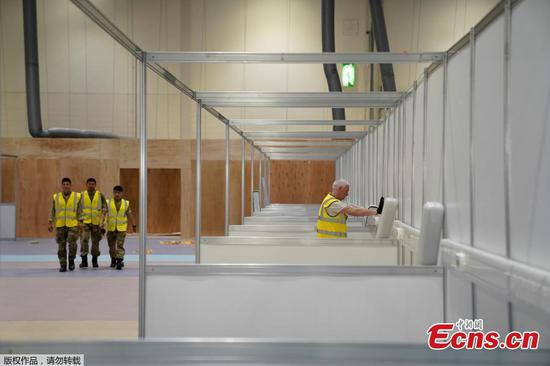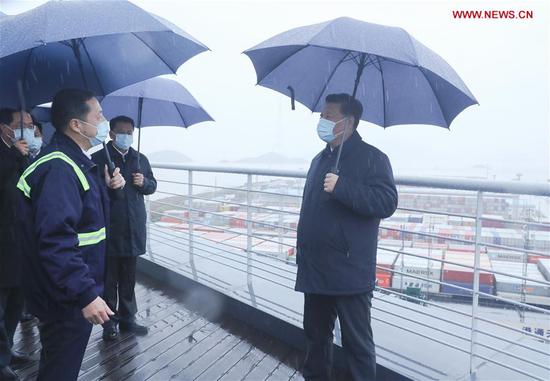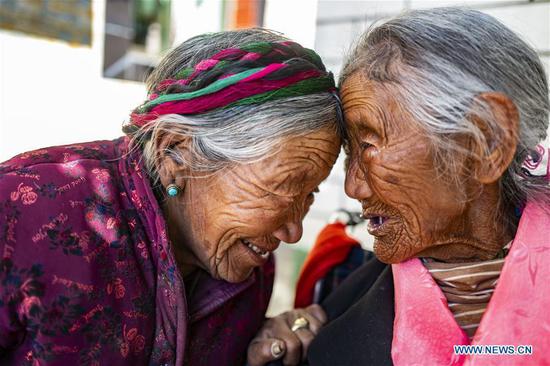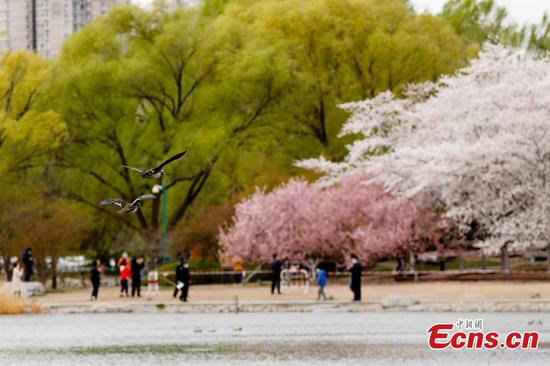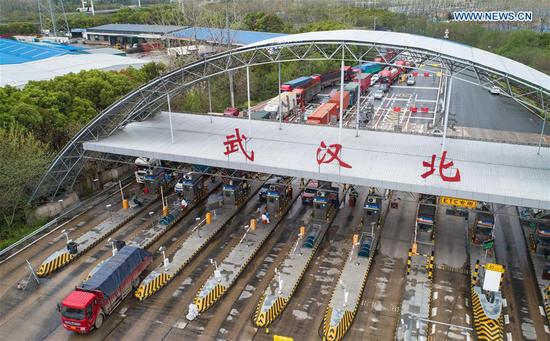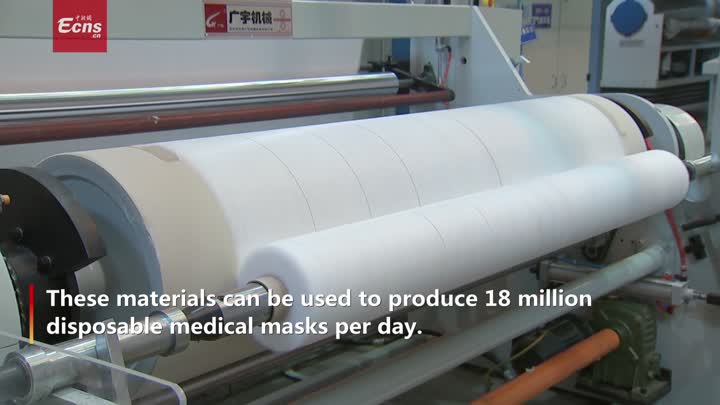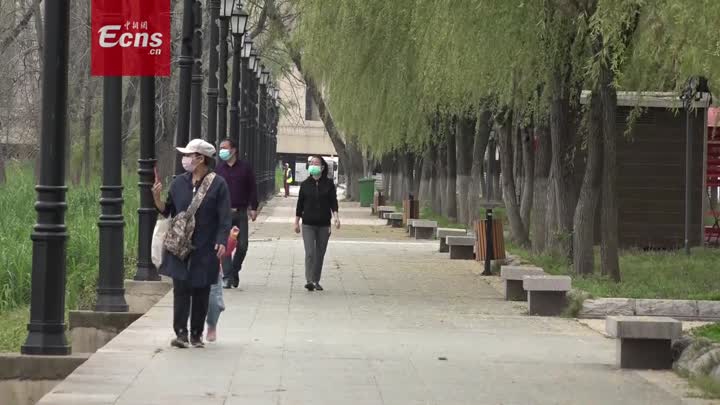Northwest China's Xinjiang Uygur Autonomous Region completed a four-level early warning system based on its big data platform to quickly spot problems in poverty alleviation work and to avoid a slide back to poverty.
The system classifies residents who have been registered as "poverty-stricken" into four levels with four different colors - green, yellow, orange and red, the Xinhua News Agency reported on Monday.
Green represents households that have more than 5,000 yuan ($705.47 ) of yearly income, have no worries about food and clothing and have access to compulsory education, basic medical services, and safe housing; yellow represents those with a yearly income of 4,500 to 5,000 yuan. Governments at different levels would help find solutions to increase their income.
Working groups stationed in villages in Xinjiang give more attention to people marked with orange and red, grassroot public servants in southern Xinjiang, which have many poverty-stricken villages in the region, told the Global Times.
Orange represents households that suffered from unemployment or business failures and have an annual income of 4,000 to 4,500 yuan. The county and village would give a thorough study on reasons for declining incomes and offer targeted assistance policies, including arranging employment or public welfare positions with the individual's consent, Ma Ying, an official from the poverty alleviation office of Xinjiang, was quoted by Xinhua as saying.
Poverty-stricken households that have been marked with red usually face severe problems, including suffering from natural disasters or have family members with critical illness. The income of the whole family is less than 4,000 yuan, Wang Xin, head of a working team stationed in Yusitunke Ayikul village of Aksu Prefecture in Xinjiang, told the Global Times.
The early warning system would help find problems that may cause a return to poverty and introduce timely assistance, which will ensure the poverty alleviation work, Wang said.
Starting January, Xinjiang has implemented targeted policies in 10 deep poverty-stricken villages to make sure 165,800 people could get rid of poverty at the end of 2020, Xinjiang Daily reported.
Xinjiang is among the first regions in China to resume work since the spread of the coronavirus has been put under control. The region has tried to help employees within the region and those who need to go to other provinces for work to get back to work, which could ensure their incomes, a source from the regional government told the Global Times.











